This summer has seen a sudden influx of droughts and drought warnings worldwide. From the U.S to China, we’ve had multiple droughts everywhere. These droughts have had multiple causes but most can be attributed to low rain and high temperatures. It wont be entirely incorrect if we call the summer season a drought season. With droughts come famine, failing crops, wildfires, and many more problems. There has also been a significant crisis in energy supply in various parts of the world. Most places in the world are unsure on how to deal with this new problem. Places that have cold weather and rain year-round have no infrastructure to deal with droughts. The severity increases in poorer countries that cannot use the same quick fixes that others use. For example, China has taken to cloud seeding, which comes with its own risk, but is a short-term solution. Most countries would be unable to follow this same method.
The droughts are having a rather violent effect on both the power industries and the economies of many countries in general. Companies have quickly come to the conclusion that the only way to survive this and keep their investors sustained is to develop better ways to address this problem. But this cannot happen fast enough; in the meantime, food and energy prices continue to surge as the drought razes farmlands. This drought has had a major effect on China with its many hydroelectric stations. Other sectors such as manufacturing and tourism are also losing major business as the drought continues to rage. According to some sources, a little less than half of all of the U.S cotton crops may fail this year and about a third of the olive harvest across Europe, and Spain is predicted to suffer.
The droughts have also dried up many rivers, which often acted as trade routes, tourist attractions and fueling hydroelectricity. This has affected shipments, and many companies across Europe that used to rely on the rivers are suffering losses with the supply chain dried up. The rivers have also heated up, causing them to be useless for cooling. This means many countries using Nuclear energy can no longer rely on their power plants. The Horn of Africa horn is also looking at an extended drought like situation considering the continuation of dry spell. Water levels have dropped heavily and the UN has issued warnings.
India, a majorly agrarian economy, has also suffered tremendously under these conditions. Farmers in our northwestern states are being suffocated in this heat as their crops continue to fail. Rainfall has reduced by as much as 44% in Bihar, with other areas reporting similar numbers. The UN warns against remaining immobile against this threat; unless concrete actions are taken, the global populace will continue to suffer under this wave of droughts.
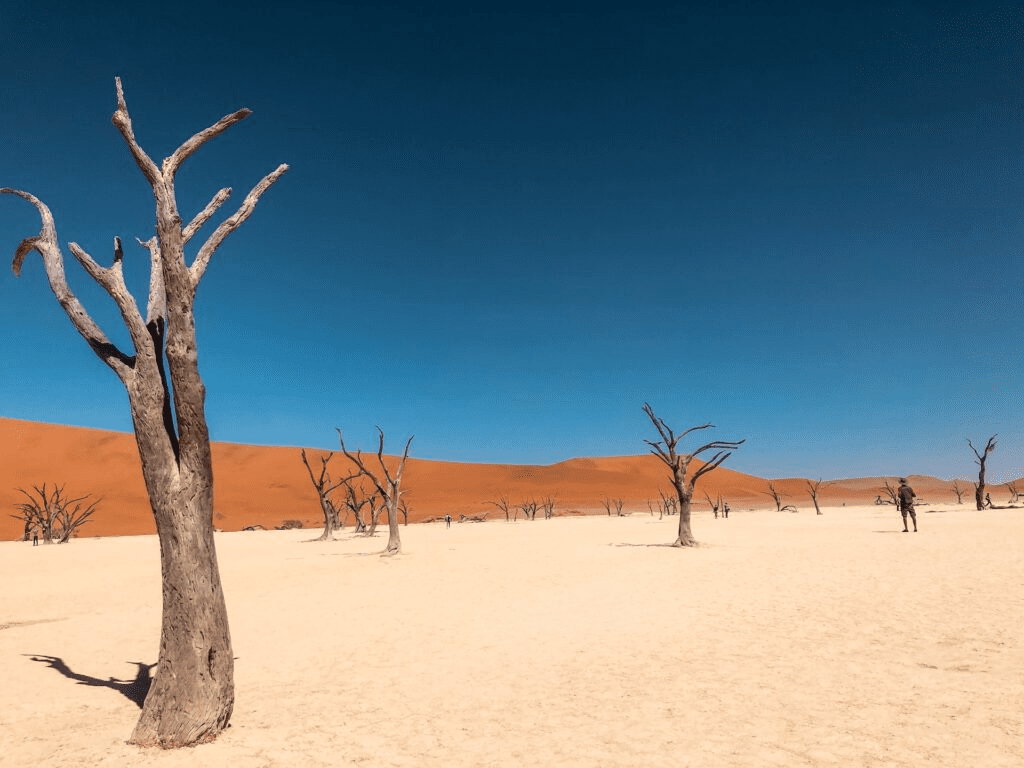
Photo by Jessie Crettenden
A Drought Season – Multiple Droughts From the U.S. to China
Latest from News
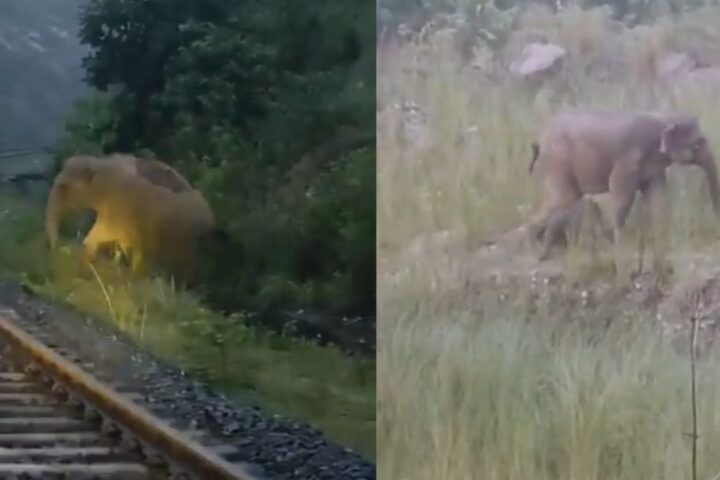
Train Halts 2 Hours for Elephant Birth: India’s Strategy to Prevent 186 More Railway Elephant Deaths
A coal-laden goods train on the Ranchi-Koderma line in India’s eastern state of Jharkhand stood motionless for over two hours recently, allowing a remarkable natural event to unfold safely on the railway
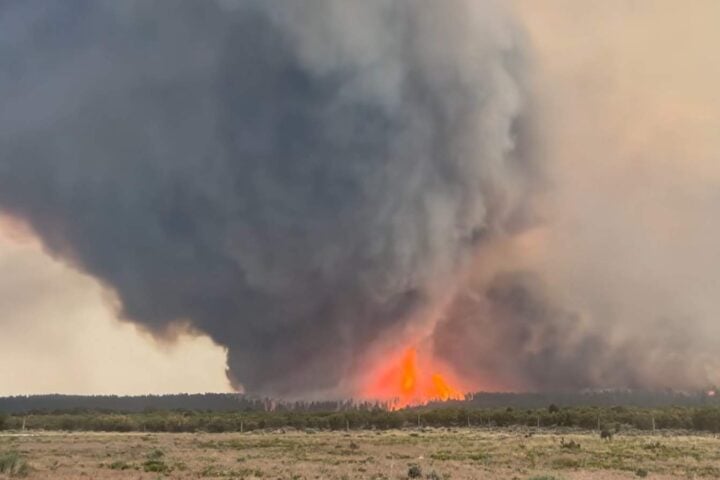
Deer Creek Fire Creates Rare Pyrovortex: 8,925 Acres Burned, 0% Containment, 5 Homes Destroyed Near Utah-Colorado Border
A rare fire whirl twisted through the Deer Creek Fire near Old La Sal, Utah, as firefighters battle the uncontained wildfire that has scorched nearly 9,000 acres along the Utah-Colorado border. The
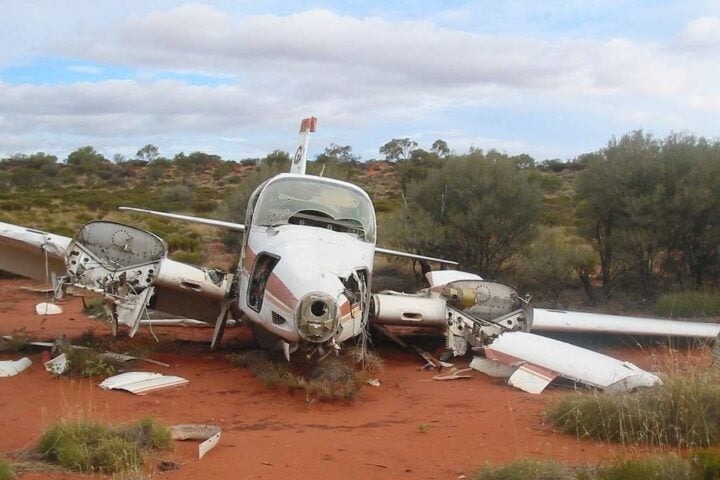
Medical Transport Plane Crashes Seconds After London Takeoff
A small medical transport aircraft crashed in a dramatic fireball seconds after taking off from London Southend Airport on Sunday afternoon, forcing the indefinite closure of the airport and triggering a massive
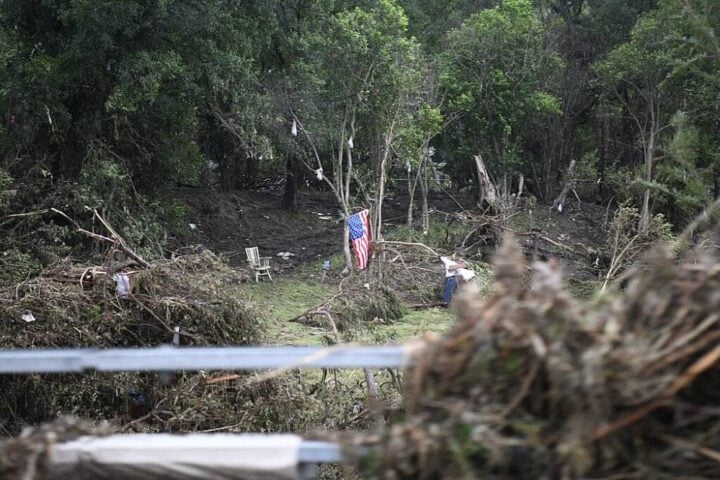
🔴 LIVE Extreme Weather Alert Central: Texas Evacuates 4 Counties, 3 Dead in West Bengal, 13 Jharkhand Districts on Alert
13:20 PM GMT- 14/07/2025 The European Parliament adopted a proposal to unlock €280 million of EU Solidarity Fund money to assist countries affected by devastating floods in 2024. On Wednesday, MEPs with
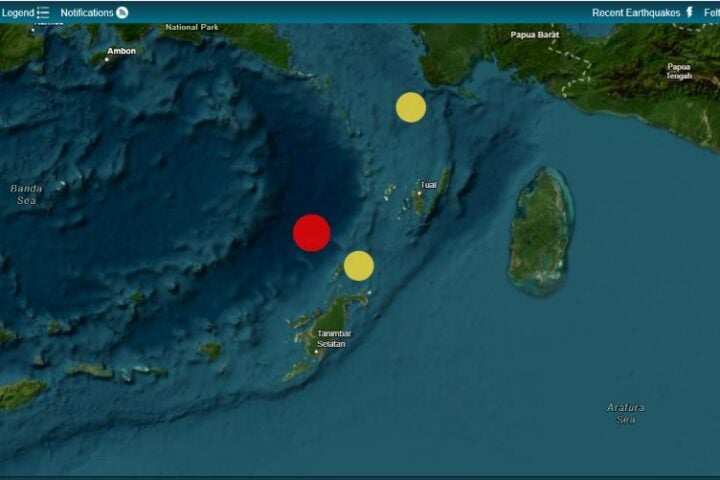
6.7 Earthquake Hits Indonesia’s Tanimbar Islands, No Tsunami Threat
A strong earthquake with a magnitude of 6.7 struck off Indonesia’s Tanimbar Islands region on Monday, July 14, 2025. The tremor hit at 12:49 local time (05:49 UTC), according to Indonesia’s geophysics

883 Bread Loaves Recalled After Hidden Nuts Found At Stores
Hartford Bakery has pulled 883 loaves of Lewis Bake Shop Artisan Style half-loaf bread from store shelves after customers found hazelnuts inside packages that didn’t warn about them. The recall affects bread

California Invests $11 Million to Help Job Seekers Facing Barriers: 6 Organizations Creating Pathways to Employment
Governor Newsom recently provided $11 million to six California organizations focused on helping people who face tough barriers to employment. The funding supports programs that provide job training and work experience for
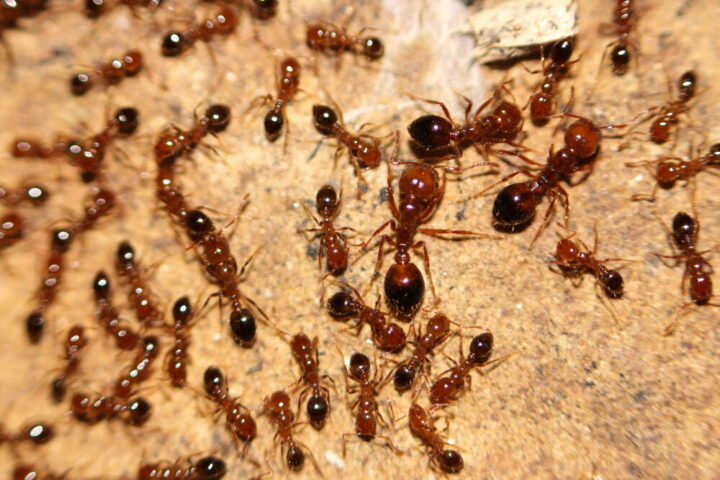
Fire Ants Invade Central Queensland Mine: 800km Jump Threatens $2B Annual Economic Impact
Fire ants have been found at BHP’s Broadmeadow coal mine near Moranbah in central Queensland, marking the first detection of these dangerous pests in the region. The discovery has triggered immediate action

London Underground Expands 4G/5G Coverage: Northern Line Banking District Now Connected with 2,000km of New Cabling
London’s Tube network is getting more connected as Transport for London (TfL) and Boldyn Networks expand 4G and 5G coverage to more sections of the underground. The latest rollout brings mobile service

FSIS Warns: 3 Undeclared Allergens Found in Prep Chef Pulled Pork
The U.S. Department of Agriculture’s Food Safety and Inspection Service (FSIS) has issued a public health alert for “Prep Chef” brand pulled pork products containing undeclared allergens. The alert covers two specific
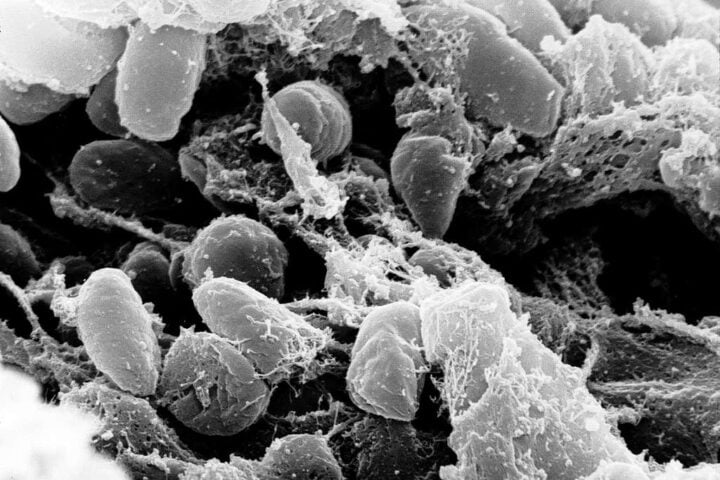
Arizona Pneumonic Plague Death: First Fatal Case Since 2007 With Only 7 US Cases Annually
A resident of Coconino County, Arizona has died from pneumonic plague. This marks the first death from this rare disease in the county since 2007. Health officials confirmed the death on July

Volkswagen Shuts 360,000-Vehicle Nanjing Plant as BYD’s 2.1M Sales and 33% Growth Reshape China’s Auto Market
Volkswagen has shut down its factory in Nanjing, China, marking the first time the German automaker has completely closed a plant in the country. Production has already stopped, with the facility set

Axiom-4 Crew Returning with 60+ Experiments: Shukla’s Historic ISS Mission Concludes After 230 Orbits
NASA will broadcast the Axiom Mission 4 (Ax-4) private astronaut crew’s departure from the International Space Station. The four astronauts, including India’s Shubhanshu Shukla, will undock on Monday, July 14, at 7:05

US Cuts $46M HIV Vaccine Research in South Africa: 6 Million New Infections Predicted by 2029
South African scientists were just one week away from starting clinical trials for a promising HIV vaccine when they received devastating news. The United States had suddenly withdrawn all funding for their

NASA Parker Solar Probe Hits 430,000 MPH During Historic 3.8 Million Mile Sun Approach
NASA’s Parker Solar Probe has sent back the most detailed images ever taken of the Sun, captured just 3.8 million miles from its surface during a historic flyby on December 24, 2024.


